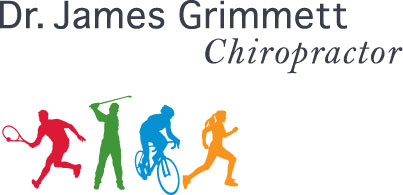As common as sitting is few of us know or display good sitting posture. In today’s world the hours we sit can add up and it’s rare to be taught how to correctly do it. Most of us adopt our own style. Unfortunately this is usually a form of the slouch with its postural faults.
Poor sitting posture is a negative example of neuroplasticity, the topic of last month’s blog. This repetitively rehearsed posture becomes your pattern for sitting.
So what is good sitting posture? Proper ergonomics for sitting has been appreciated for performance sake for years with yogis and professional musicians. This narrow slice of the population use a solid flat foundation to sit on. For yogis it is the floor and for musicians it is the hard flat seat pan of a bench, stool or chair. If a chair, again it will have a hard flat seat pan and the back rest is not used. Yes, for good posture no cushion is used.
In the case of the musician the foot contact with the floor is also part of the postural foundation. This is the same foot posturing taught in some circles of yoga to obtain ideal standing posture.
When the buttocks and feet (and hands for yogis) are positioned a particular way a global neurological reflex of our postural muscles occurs. By a reflex I mean there is an unconscious engagement of muscles and in this case the muscles that upright us.
For the piano player this includes the shoulder girdle musculature. If these muscles are not engaged as in the slouch the arm becomes relatively heavy. The result is the playing performance is hindered as the fingers can not move as fast to play the keys. Conversely, if the shoulder muscles are working to better serve as the anchor for the arm, the arm is now relatively lighter and the fingers can move faster to maximize performance.
The habit of good sitting is not achieved overnight. It has to be practiced and practiced correctly. This would be an example of a positive outcome of neuroplasticiy.
There was an interesting article several years ago in the Vancouver Sun newspaper. The subject was musicians in the symphony were likened to athletes from the waist up. I would say this is only half true as the rest of the body should be included. These musicians’ postural system is well developed and takes years of dedicated focused practice to do so. Much like a marathoner takes years of training to reach their personal best time.
For my weekly corrective exercise workshop I usually start people off with one minute of home practice sessions done a few times daily. When the postural system is weak it does not take long to reach fatigue. It’s important not to practice to the point of failure to achieve the desired corrective body pattern.
These same principles explain how yogis can sit for hours in perfect posture cross-legged on the floor in meditation. An additional challenge for floor sitting is the need for good pelvic flexibility.
Common to both good floor and chair sitting is the lack of the use of a back rest. Yes, no back rest.
I’ve given a poor presentation on sitting if asked at the end, “what’s the best back support chair for us at the office?” The support for the back in sitting must come from the inside, from the postural muscles. Not from the external support of a contoured chair or back support.
This is one situation where less is better. If offered a $1000 ergonomic chair or a $30 wooden stool I’m taking the stool. I’m not saying some ergonomic devices don’t have a use at times. It’s just if they are used an effort should be made to wean off of them a majority of the time.
A cushioned chair or couch does not provide a solid foundation for the buttocks and without this foundation the ever so common slouch is assumed. Not only is the postural strain of the slouch getting patterned every second the slouch is maintained but the process of getting up is also compromised. I have yet to witness good form (correct partial squat) in standing up from slouched sitting.
It does not mean you do not sit on chairs but if you want to do so in good form I would advise it be a classic wooden chair with a flat seat pan. And as for the back rest at least don’t use it while doing your practice sessions of good sitting posture.
